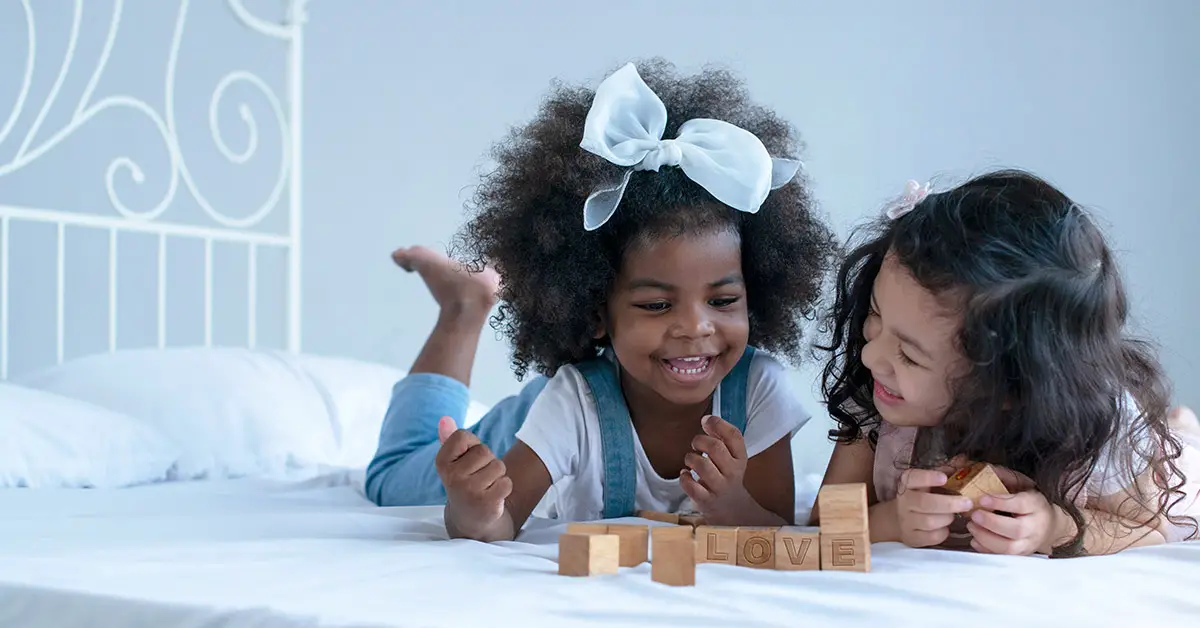When someone has a set of twins, they expect them to look reasonably similar. When a biracial couple has children, they also expect that the dominant genes will likely take over. Genetics, however, don’t always follow the “rules”. These twin sisters are an incredible example of that. Meet the one-in-a-million biracial twins Marcia and Millie Briggs.
Marcia and Millie Briggs: The Biracial Twins
Marcia and Millie Briggs are fraternal twins in England born to biracial parents via IVF treatments. Their parents said that when they were first born, they looked nearly identical. At 10 months of age, however, their mother began noticing that their daughter’s complexions were changing. It was Millie whose complexion she noticed first – she just kept getting darker and darker. (1)
Now teenagers, Marcia and Millie often get mistaken for best friends rather than sisters. Marcia has pale skin, blue eyes, and blonde hair. Millie, on the other hand, is darker-skinned, a bit taller, and has brown eyes. Her hair is the same texture as Marcia’s, only hers is black. (2)
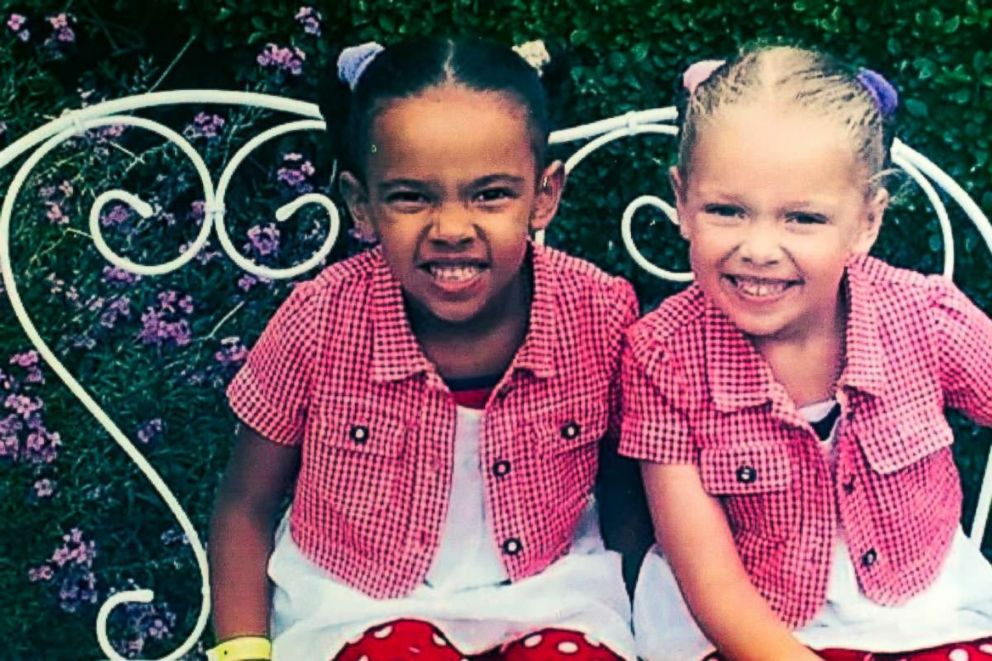
Many of us wonder if this is even possible. Postdoctoral research fellow at the Broad Institute in Cambridge, Massachusetts Alicia Martin explains that it is. Race and skin color aren’t necessarily as connected as we’d like to think they are. Martins also says that skin color is not a binary trait.
“It’s a quantitative trait,” she explained. “and everyone has some gradient on this spectrum.”
Dr. Nancy L Segal explains this further, stating that many different genes are responsible for our skin tone.
“It could be one child inherits certain genes from both parents and the other child inherits sets of genes from the other parent. And that explains the different skin tones,” she said. “It’s just like how ordinary fraternal twins can look completely different from each other. They just inherit different sets of genes-one child gets the lighter ones, the other’s darker.” (3)
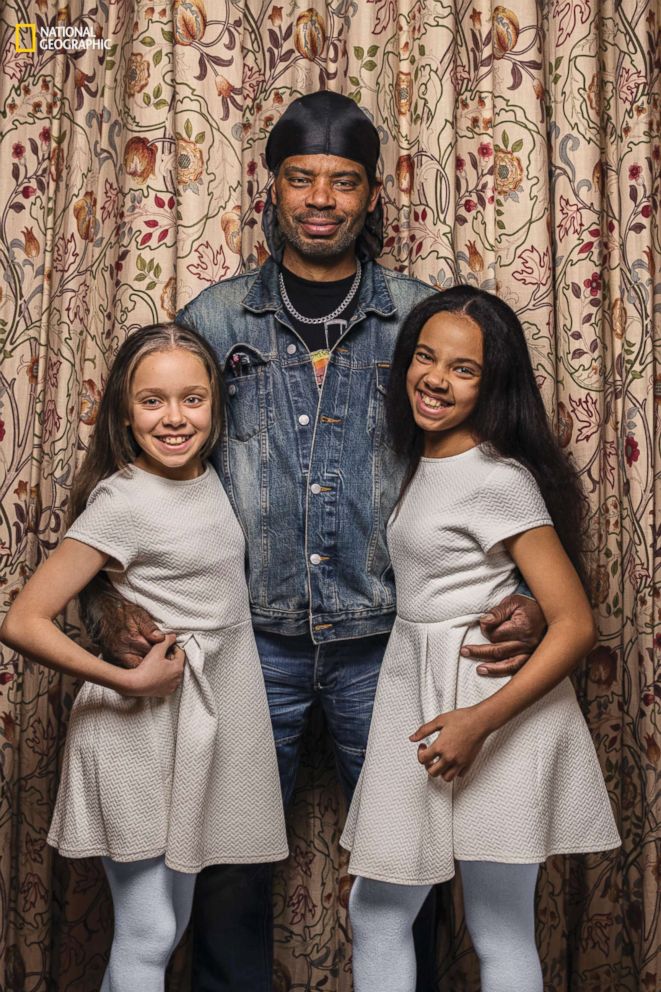
Related: Yes, they’re twins! One black, one white: ‘What’s important is love’
The Race Issue
National Geographic featured the pair on the front cover of their issue on race in 2018. The theme of the issue was race and how it defines, divides, and unites us. Naturally, the twins make many of us rethink everything we know about race and what it means.
“Racism is where someone judges you by your color and not by your actual self,” said Millie, the darker-skinned twin. “I prefer to be different. You don’t always have to blend in the crowd because if you do you won’t get noticed. It’s better to be you.”
Marcia says that she feels proud of her and her sister for breaking down norms or stereotypes about race, skin color, and what that means.
“I’m proud of us,” Marcia said. “It’s not every day you’ll see yourself on a magazine. It looks so bold … I feel special being on the front cover.”
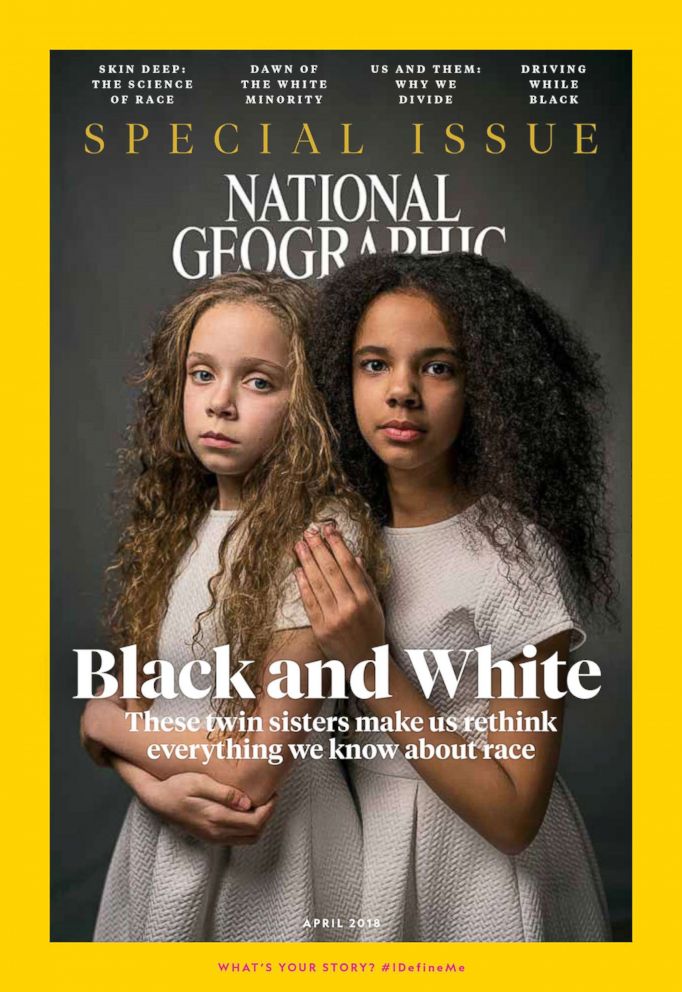
Just Regular Twins
Despite being the face of challenging race, racism, and what it means, the girls are still very normal twins. Marcia describes herself as more of a tomboy and says she doesn’t like the color pink much at all. Her mother agrees, saying that Marcia loves gymnastics and the color blue.
Their mom describes Millie, however, as the princess of the pair. She loves the color pink and “all things bling”, just like her mother. (4)
“People are made how they are” says Marcia.
This is exactly what their mother says is the girls’ mentality. She says that they don’t see things or people in black and white, but rather for who they are outside of their appearance and the color of their skin.
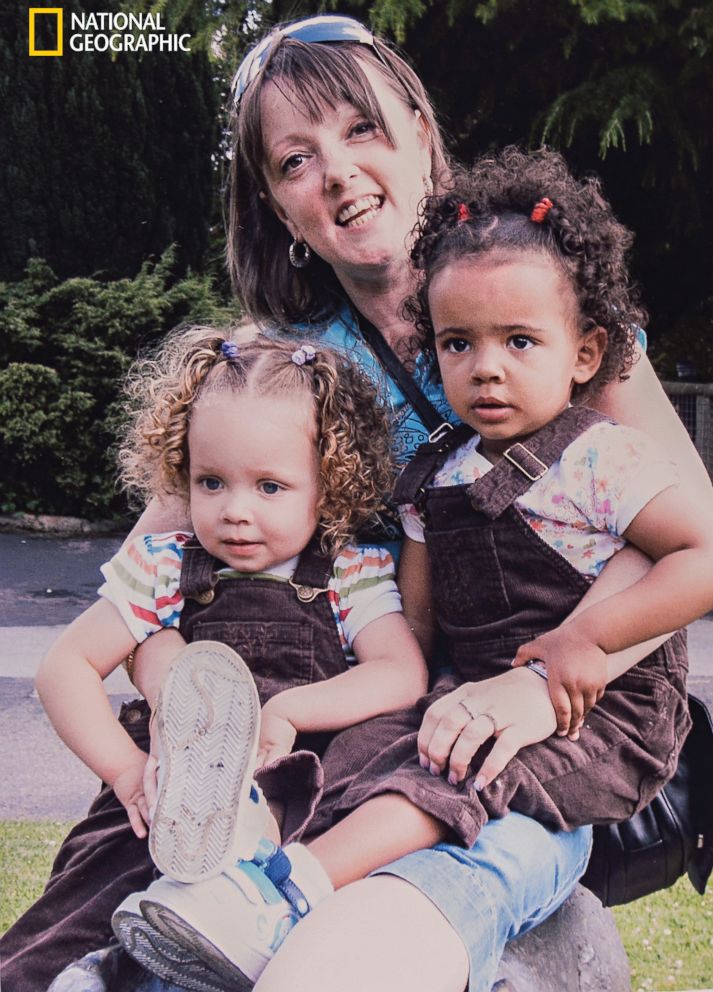
The Racism Experience
At the time of their National Geographic feature, the girls were around 10 or 11 years old. At that point, they said that they had never experienced racism. Their parents agreed that they had never witnessed racist behavior towards the girls, either. Though their father has had many experiences with racism in his life, he says perhaps seeing how his daughters haven’t thus far is a sign of the times. While things certainly aren’t perfect by any stretch, maybe this proves that things are at the very least better than when he was his daughter’s age.
Naturally, we can only hope that the girls’ experience will stay this way without experiencing any prejudice based on their skin tones.
Keep Reading: 4-year-old Girls Insist They’re Twins because They ‘Have the Same Birthday and the Same Soul’
Sources
- “‘One-in-a-million’ biracial twins won’t let race define them: ‘You don’t always have to blend in’.” ABC News. Julia Macfarlane. March 12, 2018
- “These Twins, One Black and One White, Will Make You Rethink Race.” National Geographic. Patricia Edmonds. October 22, 2018.
- “‘One-in-a-Million’ Biracial Twin Girls Are Mistaken for Best Friends Instead of Sisters.” People. Char Adams. March 13, 2018.
- “The biracial twins that defy race: The 11-year-old Biggs sisters, one black and one white, say people think they are just best friends and insist they have never been subjected to racism.” Daily Mail. Marlene Lethang. March 13, 2018.
